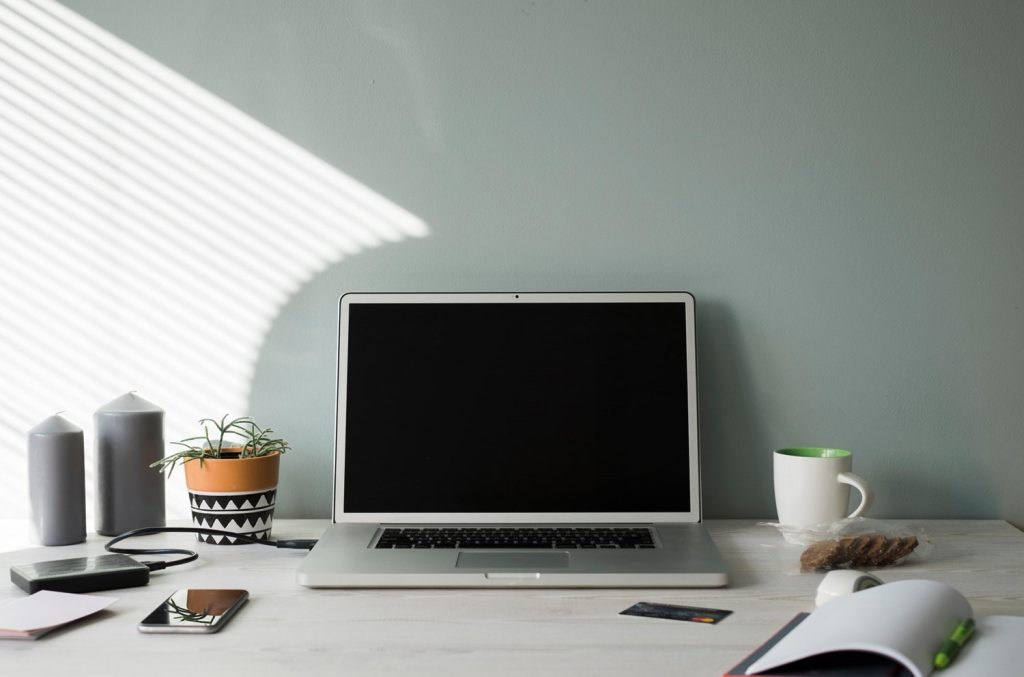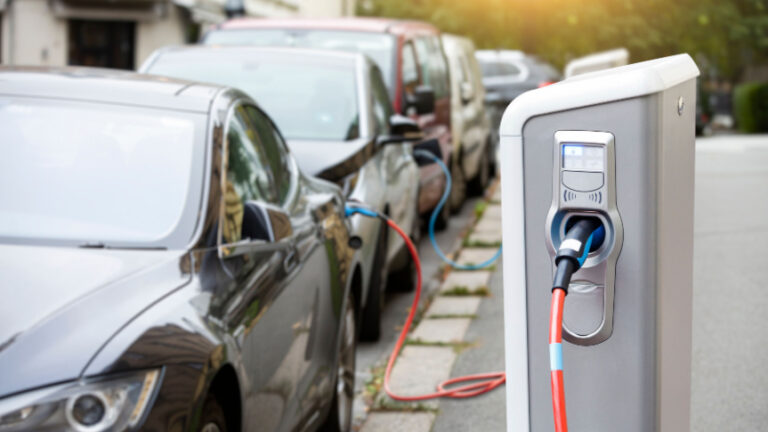5 tips to use less energy when working from home

With Britons continuing to work from home amid COVID-19 – a trend that may well endure beyond the pandemic – higher-than-usual levels of household energy consumption and its impact on costs and carbon emissions is a growing concern.
Consequently, it’s perhaps more important than ever to make sure our homes and behaviours are as energy efficient as they can be. As we explored in our recent blog, with people spending longer amounts of time at home in recent months, whether working or otherwise, many have reported a noticeable impact on their energy bill.
Whilst this a rightful worry for most, it can however be counteracted by some very simple changes to your work-at-home habits. And being energy efficient is not just about saving money, it’s about considering the impact that our individual energy use has on the environment too.
Below we share five basic tips to use less energy when working at home.
Uplug devices and gadgets you don’t really need
Home office set-ups can be a big culprit for increased electricity use – think your computer, your monitor, your printer, and so on. These appliances and electronics draw a small amount of energy all the time, and that can add up on your power bill and significantly raise your individual carbon footprint. The simple solution? Unplug devices when you’re not using them.
Make the most of natural light
Your home study area may be perfectly organised, with everything in the right place, but that doesn’t mean it’s perfectly positioned for natural light. Try varying your set up and change positions a couple of times throughout the day to take full advantage of natural light. Not only will this save you from having to turn on additional lights, but it can also help your productivity, with natural light a proven mood-booster.
Utilise your computer’s built-in settings for energy efficiency
Shutting down a device when you’re not using it is the best way to conserve energy, but sleep modes have gotten more and more effective at saving power. And the plus side of sleep mode is that you don’t have to remember to turn your device off. Your computer comes full of energy-saving features, but they may just not be turned on. Explore your system’s power management controls and begin saving energy instantly.
Make smart adjustments to the temperature
Despite all the extra attention given to your devices when working from home, the biggest energy load will often be heating and cooling your home office. A smart thermostat gives you greater control over your heating system, tracks your energy usage – which is very useful when working from home – and lets you control your heating remotely via phone or tablet.
Get a smart meter installed
Last but certainly not least, ask your energy supplier for a smart meter. They are the best way to monitor the energy you are consuming via a handy in-home display, which shows you how much you are spending in near real time. Smart meters are also fundamental to establishing our low-carbon energy system, so you can be comforted that – by choosing to have a smart meter – you are contributing to the long-term health of our planet too. Read more on how to get a smart meter installed.
For more general advice on home energy efficiency, visit our how to use less energy page.
We are working with energy suppliers to roll out smart meters to consumers across the UK. Visit Smart Homes to find out how a smart meter can help you cut down on household energy costs, and importantly, make a positive impact to reduce carbon and combat climate change.
Want a smart meter? Request to have one installed at your home at no extra cost by contacting your energy supplier today.


